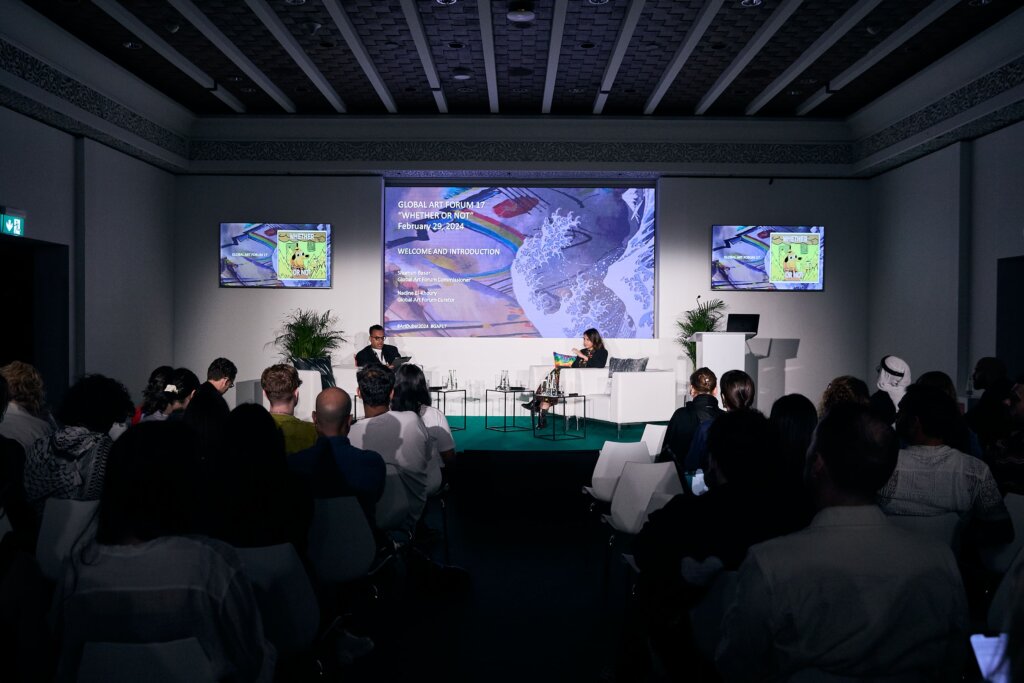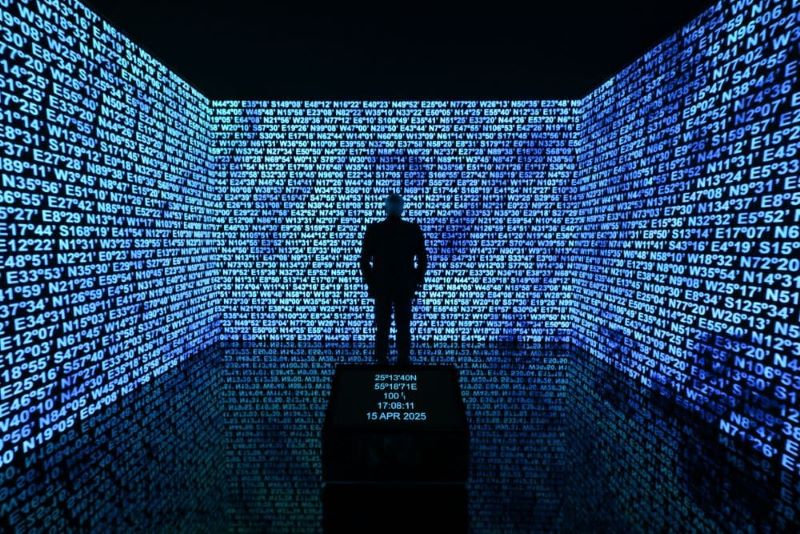This interconnectedness can be seen in artistic practices as well. While painting has a very long history and tradition in Tunis, especially towards the end of the colonial period and the École de Tunis art movement, for younger generations today, painting is less dominant. Photography has been extremely important, particularly since the revolution. As technology progresses and becomes more accessible, photography is becoming much stronger all over the world. But artists who are under 30, for example, seem to do an amalgamation of things: some artists focus on video and installations but also produce electronic music and short films. Younger artists here are more interested in new mediums. They want to cut the limitations of single practices and live in the spaces in between them.
You can’t really talk about Tunis’ art scene without talking about the festivals. KLF’s own Jaou festival began in 2013 and has evolved into a city-wide biennial format program, with large-scale public and site-specific exhibitions, a music programme with international and local acts, theatre and performance, and a symposium that has brought together forward-thinking minds from around the world.
Cinema, theatre and music have long-standing histories and associated festivals that see international, regional and Tunisian artists share the stage and the screen, such as JCC (Carthage Cinema Days) and JTC (Carthage Theatre Days), which are important spaces for premiering work. Contemporary art festivals such as Dream City, which centres primarily around the Medina of Tunis, are important in the Tunisian art landscape. Others, such as Gabes Cinema Fen, expand the realm of film to include the visual arts through installations and video art, and a focus on a city affected ecologically by industry.
There is a very independent spirit in Tunis. It can be difficult to get readily accessible art materials, tools, technology and books. It can cost many times what it would somewhere else, or sometimes it is just completely impossible to find. Due to this, there is a flourishing independent spirit: people will build things, find things, construct things and really push the limits of what you can do. This can create an anarchic aesthetic which is fascinating, but it also comes out of necessity. It is about working creatively around the limits—and there are many. This often defines how we work at B7L9.
While more established artists can rely on commercial galleries to show their work, emerging artists often struggle to find spaces to exhibit. Many artists show their work in informal ways with pop-ups in bars, houses and apartments, or unused spaces. Sometimes they will open up their studios, wherever they are. These exhibitions may be open for one night only. Despite there being many communities in Tunis, the arts network is very tightly knit, and everybody somehow knows everybody.















